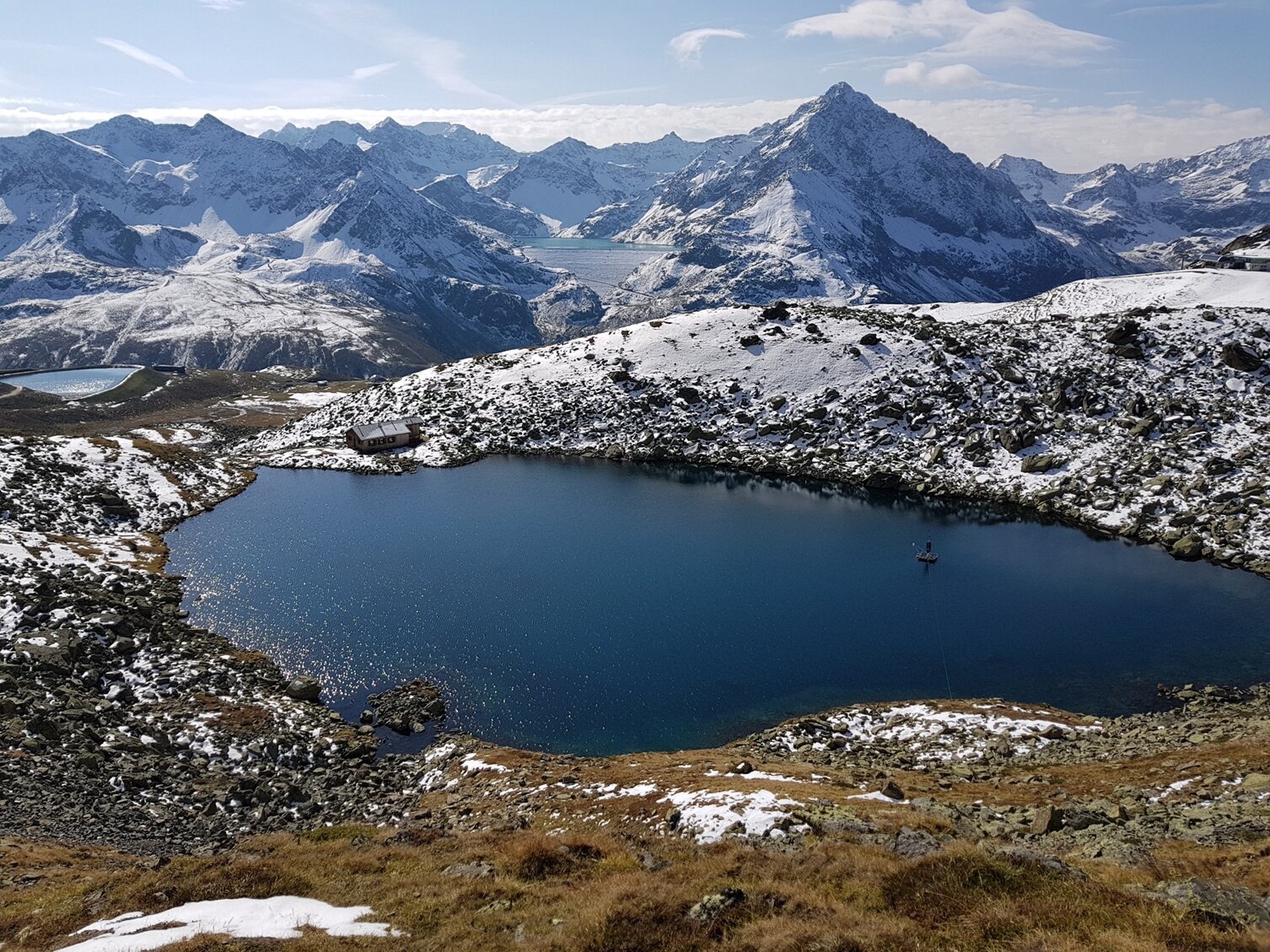Christopher Packham writes:
Though humans, along with other vertebrate and invertebrate organisms, don’t photosynthesize, we’re definitely the downstream beneficiaries of the life forms that do. Phototrophic organisms at the bottom of the food chain convert abundant sunlight into the energy that ultimately powers all other life.
The two metabolic systems for harvesting light energy are fundamentally different. The most familiar is the chlorophyll-based photosynthesis by which plant life uses light to power the conversion of carbon dioxide and water into sugars and starches; the other system consists of proton-pumping rhodopsins.
Microbial rhodopsins, retinal-binding proteins, provide ion transport driven by light (and incidentally, sensory functions). It’s a family that includes light-driven proton pumps, ion pumps, ion channels and light sensors. Microbial rhodopsins are found in archaea, bacteria and eukaryota and are widespread in oceans and freshwater lakes.

Generally speaking, species tend to pick one or the other metabolic system, the PC/Mac dichotomy of phototrophic organisms. However, a multi-institutional team of molecular biologists now reports finding an alpine lake bacterium that uses both bacteriochlorophyll-based photosynthetic complexes and proton-pumping rhodopsins. Their study is published in PNAS.
Based on flash photolysis measurements, the authors report that both systems are photochemically active in Sphingomonas glacialis AAP5, found in the alpine lake Gossenköllesee, located in the Tyrolean Alps. Specifically, in low-light conditions between 4 and 22 degrees Celsius, the bacterium expresses bacteriochlorophyll, and in light conditions at temperatures below 16 degrees Celsius, expresses xanthorhodopsin, a proton pump.
S. glacialis uses harvested light to synthesize ATP and to stimulate growth. The authors write, “This indicates that the use of two systems for light harvesting may represent an evolutionary adaptation to the specific environmental conditions found in alpine lakes and other analogous ecosystems,” namely a response to large seasonal changes of temperature and light.
As the authors note, bacteriochlorophyll-based systems are large, complex and pigment-driven, requiring complex molecular machinery for synthesis, assembly and regulation. But once assembled, they comprise a “set-it-and-forget-it” system that functions even under low-light conditions. Rhodopsins, on the other hand, are far simpler and less expensive to express; their disadvantage is that they are only assembled and function in the presence of higher irradiance levels.
Loaded with all the genetic hardware for both chlorophototrophy and retinalphototrophy, these photoheterotrophic little guys have a reduced need for aerobic respiration and can therefore use available carbon for growth, a scarce commodity in the alpine lake environment they call home.
Full article at Phys.org.
“As the authors note, bacteriochlorophyll-based systems are large, complex and pigment-driven, requiring complex molecular machinery for synthesis, assembly and regulation.” A statement such as this, acknowledging complex, functional systems of molecular machines necessary for photosynthesis, is scientifically incompatible with the suggestion that “light harvesting may represent an evolutionary adaptation.”
Unguided natural processes degrade complex, functional systems over time. The spacetime history of the universe is woefully insufficient to randomly produce such complex, functional molecules. Yet again, researchers have claimed godlike powers for nature. Deifying nature has no place in modern science, since we know that nature itself is subject to laws that regulate its workings. The light-harvesting capabilities of bacteria represent the work of intelligent design, consistent with the role of God as Creator.